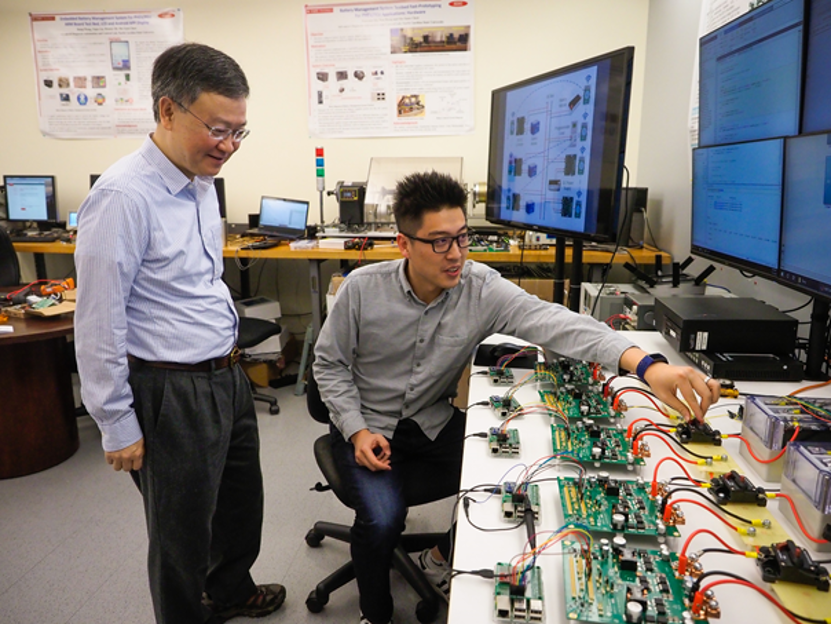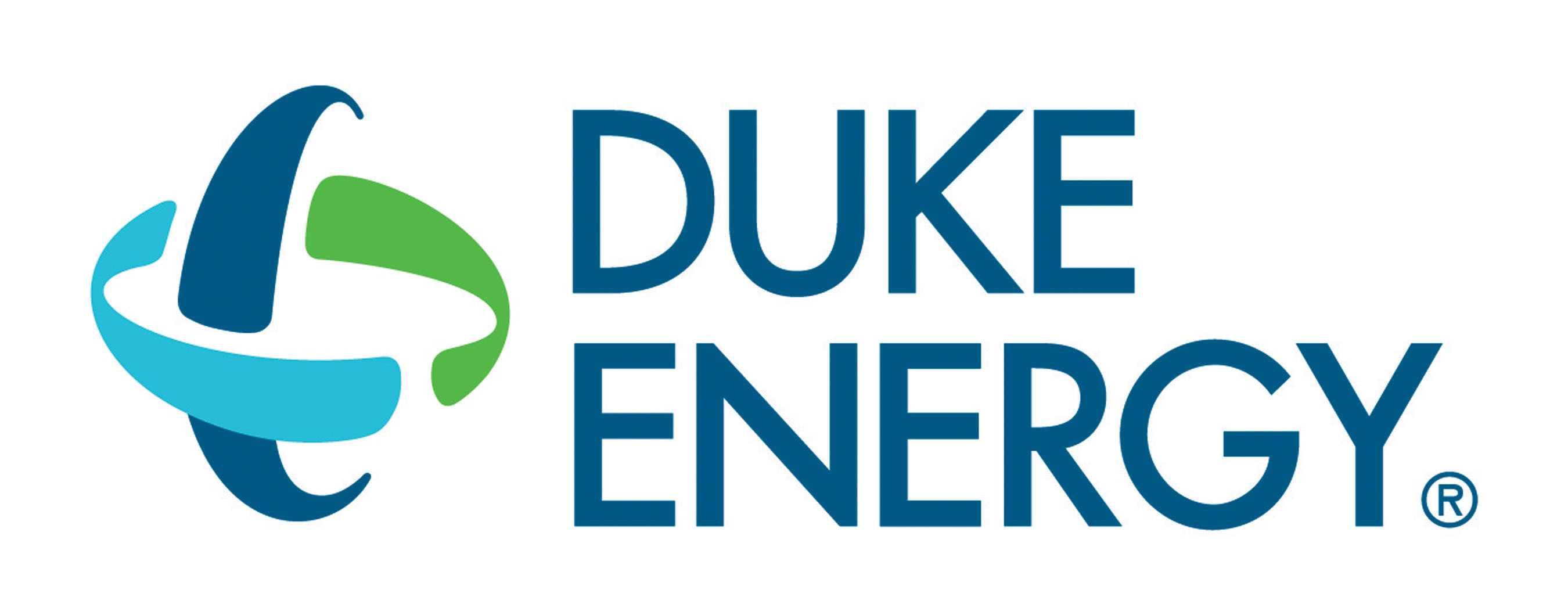by Solomon Nkrumah Adasah | Jul 19, 2025 | Control and Management, Smart Grid, Uncategorized
In an era where climate-driven disasters and energy disruptions are becoming more frequent and severe, building a power grid that is intelligent, resilient, and adaptive is no longer a luxury—it’s a necessity. Conventional, centrally controlled energy systems often fall short in times of crisis, struggling with rigidity, bottlenecks, and single points of failure.
At ADAC Lab, we are pioneering the Hierarchical Collaborative Distributed Energy Management System (H-CoDEMS)—a cutting-edge framework designed to revolutionize how microgrids operate and coordinate. H-CoDEMS adopts a self-organizing, hierarchical architecture that enables scalable, fast, and resilient energy management across distributed energy resources. By leveraging situational awareness and a distributed consensus-based control strategy, H-CoDEMS allows microgrids to make intelligent, cooperative decisions in real time. This makes it exceptionally effective in a range of critical applications:
- Disaster Relief: Rapidly restores power to essential services such as hospitals, emergency operations centers, and communication networks, even when centralized infrastructure is compromised.
- Networked Microgrids: Enables seamless coordination and reconfiguration across interconnected microgrids, enhancing resilience and operational efficiency.
- Virtual Power Plants (VPPs): Coordinates distributed energy resources to act as a unified, flexible grid asset, improving reliability and grid balance.

Publications:
[1]. S. Capezza, A. Joshi and M. -Y. Chow, “Hierarchical Distributed Consensus Based Economic Dispatch of Distributed Energy Resources (DERs) for Networked Microgrids,” 2023 IEEE 3rd International Conference on Industrial Electronics for Sustainable Energy Systems (IESES), Shanghai, China, 2023, pp. 1-6, doi: 10.1109/IESES53571.2023.10253706.
[2]. S. Capezza, A. Joshi and M. -Y Chow, “Weighted Hierarchical Consensus based Economic Dispatch Utilizing Cluster Size Estimation for Networked Microgrids,” IECON 2023- 49th Annual Conference of the IEEE Industrial Electronics Society, Singapore, Singapore, 2023, pp. 01-06, doi: 10.1109/IECON51785.2023.10312209.
[3]. A. Joshi and M. -Y. Chow, “Hierarchical Distributed Consensus Based Networked Microgrid Energy Management For Disaster Relief,” 2024 IEEE 19th Conference on Industrial Electronics and Applications (ICIEA), Kristiansand, Norway, 2024, pp. 1-6, doi: 10.1109/ICIEA61579.2024.10665212.
[4]. A. Joshi, S. Capezza and M. -Y. Chow, “Strategic Leader Selection and Cluster Formation in Hierarchical Networked Microgrids,” 2024 IEEE Power & Energy Society General Meeting (PESGM), Seattle, WA, USA, 2024, pp. 1-5, doi: 10.1109/PESGM51994.2024.10688456.
by chow | Oct 1, 2020 | Control and Management, Smart Grid, Uncategorized

Typically, the distributed energy resources (DER) are controlled by the utility distribution management system (DMS) or DER management system (DERMS). If hosted by microgrid, the microgrid energy management system (MG-EMS) will be added between the DMS/DERMS and DERs. This type of top-down hierarchical control chain is heavily constrained by the communication latency, quality, bandwidth, and availability. These systems are not positioned to embrace the DER boom and will be a bottle-neck for undergoing DER integration. The solution to the scalability is decentralization. Current academic and industry efforts are made to push control to the “edge”, namely on on-site DERs. With built-in edge autonomy in DERs, they can seamlessly work together and the system becomes more scalable. Another downside of the conventional centralized control scheme is the lack of resilience against natural and man-made disasters. The typical industry practice for resilience is by adding redundant central controllers. However, this redundancy is expensive yet cannot rapidly restore electric service in parallel. Therefore, the distributed control technologies have attracted significant academic and industry attention in recent years. Our lab has been developing distributed EMS, called Collaborative Distributed Energy Management Systems (CoDEMS), since 2008.
Publications:
[1]Z. Cheng, J. Duan, and M.-Y. Chow, “To Centralize or to Distribute: That Is the Question: A Comparison of Advanced Microgrid Management Systems,” EEE Ind. Electron. Mag., vol. 12, no. 1, pp. 6–24, Mar. 2018, doi: 10.1109/MIE.2018.2789926.
[2]N. Rahbari-Asr, Y. Zhang, and M.-Y. Chow, “Consensus-based distributed scheduling for cooperative operation of distributed energy resources and storage devices in smart grids,” IET Generation, Transmission & Distribution, vol. 10, no. 5, pp. 1268–1277, Apr. 2016, doi: 10.1049/iet-gtd.2015.0159.
[3]Y. Zhang, N. Rahbari-Asr, J. Duan, and M.-Y. Chow, “Day-Ahead Smart Grid Cooperative Distributed Energy Scheduling With Renewable and Storage Integration,” IEEE Trans. Sustain. Energy, vol. 7, no. 4, pp. 1739–1748, Oct. 2016, doi: 10.1109/TSTE.2016.2581167.
by chow | Oct 1, 2020 | Control and Management, Smart Grid, Uncategorized
The microgrid is envisioned to be the building block of the future smart grid, for its abilities to host distributed energy resources, to improve grid reliability, and to enhance system resiliency. One of the most studied research topics of the microgrid is the distributed microgrid energy management system. However, the algorithm prototyping and hardware validation still remain great challenges at the current stage. Our lab has been developing a highly scalable, customizable, and low-cost DC microgrid testbed framework that enables fast distributed MG-EMS prototyping and provides proof-of-concept validation.
Publications:
[1]Cheng and M. Chow, “The Development and Application of a DC Microgrid Testbed for Distributed Microgrid Energy Management System,” IECON 2018 – 44th Annual Conference of the IEEE Industrial Electronics Society, Washington, DC, 2018, pp. 300-305, doi: 10.1109/IECON.2018.8591816.
Sponsor:
by chow | Oct 1, 2020 | Smart Grid, Uncategorized

One of the pressing challenges in the distributed EMS field is cybersecurity. Energy system is one of the most critical infrastructures. Its security is of paramount significance to the well-being of the society. Most state-of-the-art distributed EMS algorithms lack security features that can withstand cyber threats, e.g. data integrity attacks. From our interaction with the microgrid operators, we learned that the cybersecurity of the system and the resilience against cyber-attacks are must-have features for the distributed DER controller. The two critical cybersecurity aspects of the distributed microgrid EMS are 1) data integrity; and 2) data confidentiality. Our lab has been investigating these cybersecurity issues since 2012.
Publications:
[1] Z. Cheng and M. -Y. Chow, “Resilient Collaborative Distributed Energy Management System Framework for Cyber-Physical DC Microgrids,” in IEEE Transactions on Smart Grid, vol. 11, no. 6, pp. 4637-4649, Nov. 2020, doi: 10.1109/TSG.2020.3001059.
[2] F. Ye, Z. Cheng, X. Cao and M. -Y. Chow, “A Random-Weighted Privacy-Preserving Distributed Algorithm for Energy Management in Microgrid with Energy Storage Devices,” 2020 2nd IEEE International Conference on Industrial Electronics for Sustainable Energy Systems (IESES), Cagliari, Italy, 2020, pp. 249-254, doi: 10.1109/IESES45645.2020.9210675.
[3] Z. Cheng and M. -Y. Chow, “An Augmented Bayesian Reputation Metric for Trustworthiness Evaluation in Consensus-based Distributed Microgrid Energy Management Systems with Energy Storage,” 2020 2nd IEEE International Conference on Industrial Electronics for Sustainable Energy Systems (IESES), Cagliari, Italy, 2020, pp. 215-220, doi: 10.1109/IESES45645.2020.9210638.
[4] Z. Cheng and M. Chow, “Reputation-based Collaborative Distributed Energy Management System Framework for Cyber-physical Microgrids: Resilience against Profit-driven Attacks,” 2020 IEEE Power & Energy Society Innovative Smart Grid Technologies Conference (ISGT), Washington, DC, USA, 2020, pp. 1-5, doi: 10.1109/ISGT45199.2020.9087737.
Sponsor:
by chow | Oct 1, 2020 | Artificial Intelligence, Smart Grid, Uncategorized
Under Construction
by chow | Oct 1, 2020 | Artificial Intelligence, Smart Grid, Uncategorized
Under Construction










